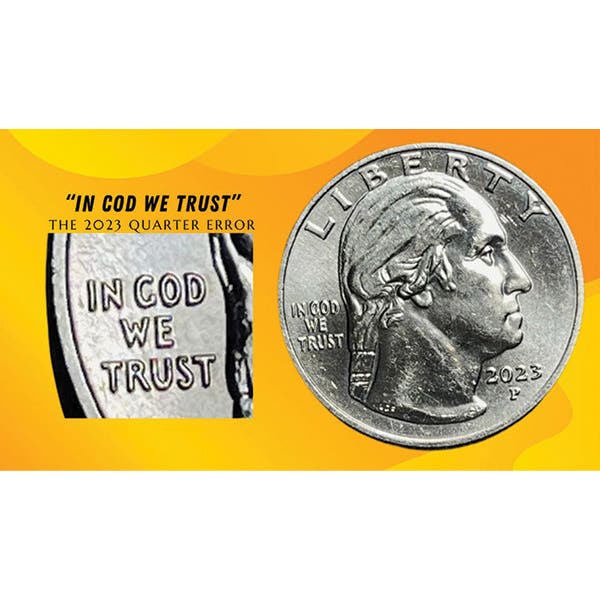Describe the coin that you’ve overpaid the most for and why.
From the August 30, 2024, Numismatic News E-Newsletter Readers’ Poll, most people have overpaid at some point, but feel like they learned their lesson.
It’s difficult to go back in time and see if you overpaid, unless you kept a ledger of current prices at that time. There is also a range of grades to consider. One example comes to mind. 1916 proof Buffalo nickel of which there were only 600 minted, of which some were not recognized as proof and went into circulation or business strike collectibles. One came up for sale after looking online forever, it seems. One grade higher than planned on with a CAC sticker. I grabbed it. Paid more than I budgeted. Did I overpay? Really don’t know.
Horst, Address withheld
The coin I paid too much for goes back some time. I was early into my hobby of coin collecting and that purchase was for a coin that turned out later to be over-graded.
I have since developed a pretty keen eye for grading ,and I grade that coin today to be a full two grades lower than as offered by the seller at time of purchase.
The coin involved is a 1913-S Type Two Buffalo nickel. That series is known to be a difficult series to grade – with many notorious week strikes by all three mints. The design itself was modified in one major way, and several minor ways, to bring out details and to assist in striking and minimized die wear.
I am not alone in having past difficulties with grading Buffalo nickels, as I have seen many third party/slabbed graded Buffaloes with grading I disagree with.
On this particular series, I advise a perspective buyer to look at defined minimums (objective), surface characteristics (somewhat subjective) and overall eye appeal (subjective). Always, when you buy, put yourself into the shoes of a future prospective buyer when it comes time for you to sell.
More and more, I consider coin grading to be an art, not a science. Have an eye for the aesthetic – the eye of the beholder. That is the beauty and most rewarding part of becoming an accomplished numismatist. The Buffalo nickel is a classic and timeless work of art.
George Kissinger, Spooner, Wis.
I have been accumulating the Kennedy half dollars since 1964, one each of “P,” “D,” “S” and the silver proof. I usually get my single uncertified silver proofs from sellers on eBay for years to keep from having to break up my mint set. Now I just had to purchase a Dansco album without silver proofs as the last Kennedy silver proof I purchased was about $80. Now the 2024 are going to be over $100 uncertified. When I discontinued purchasing in about 2008, they were about $25 each. Now silver has taken a nice jump, but that much of a price increase doesn’t make sense.
Roy E. Robertson, Annapolis, Md.
Having gotten into a bidding frenzy, I paid $330 at auction for an Antoninianus of Quintillus. Twice what I should have paid. Learned my lesson.
Lorne Lavertu, Herndon, Va.
Back in the early 1980s, before I learned how to grade properly, I was at a show and bough what I thought was an uncirculated seated half. Not being proficient in grading then, I found out later it was burnished.
So a coin I paid around $600 for was really worth less then half that. Taught me a valuable lesson, and I worked then to become a better grader
Roy Herbst, Address withheld
I overpaid for a 2015 Reverse Proof Harry Truman dollar coin. Yes it’s a perfect grade 70 and yes there were not all that many minted and even fewer that actually graded 70. The reality is that, while the supply is low, the demand is even lower.
Tom Swickrath, Address withheld
The coin that I’ve “overpaid” the most for was a Morgan silver dollar. I needed it for my collection, so I didn’t care
Kyle W. Clarke, Address withheld
Any coin I bought a duplicate of because I relied on my memory instead of checking my Excel file.
Ernesto Aguilar, via Facebook









